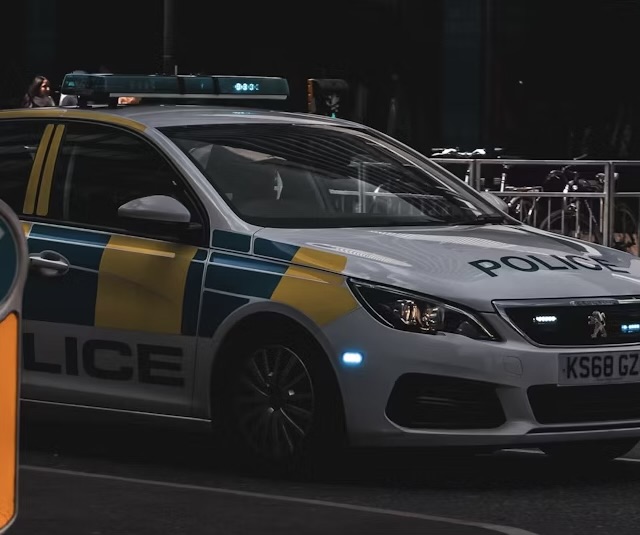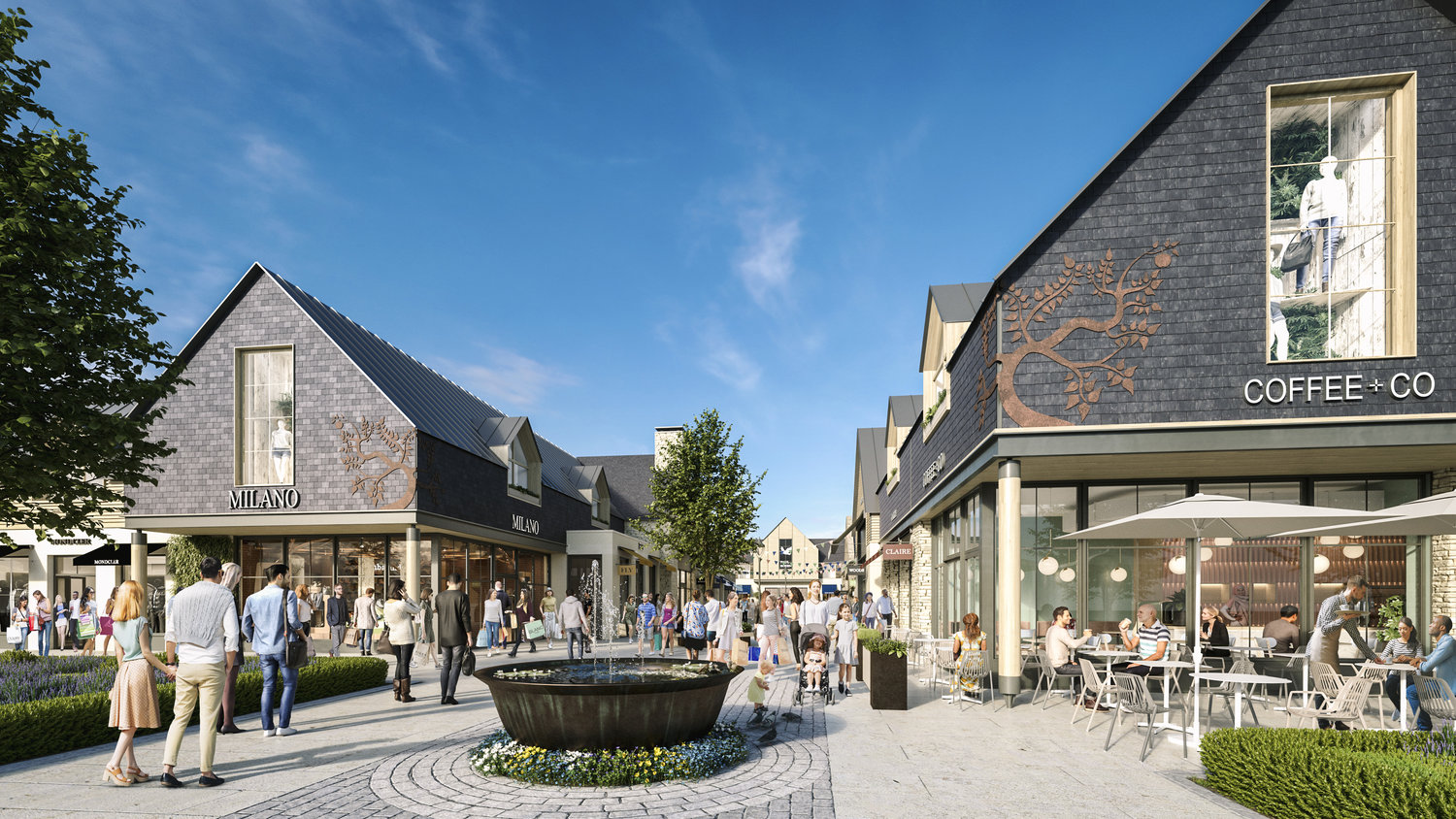Matt Healey spoke to former Hereford United Managing Director Robin Fry recently.
Fry was a former professional footballer at Bristol City, Swindon Town, Bournemouth and Torquay United.
After retiring from the game he became involved in football coaching and scouting, when he arrived at Hereford originally in 1977 as sales manager, he had been working in clothing retail.
At one point he shared a house with legendary Hereford defender Keith Hicks.
Fry left Hereford in the early 1980’s moving to Edinburgh to work at Heart of Midlothian.
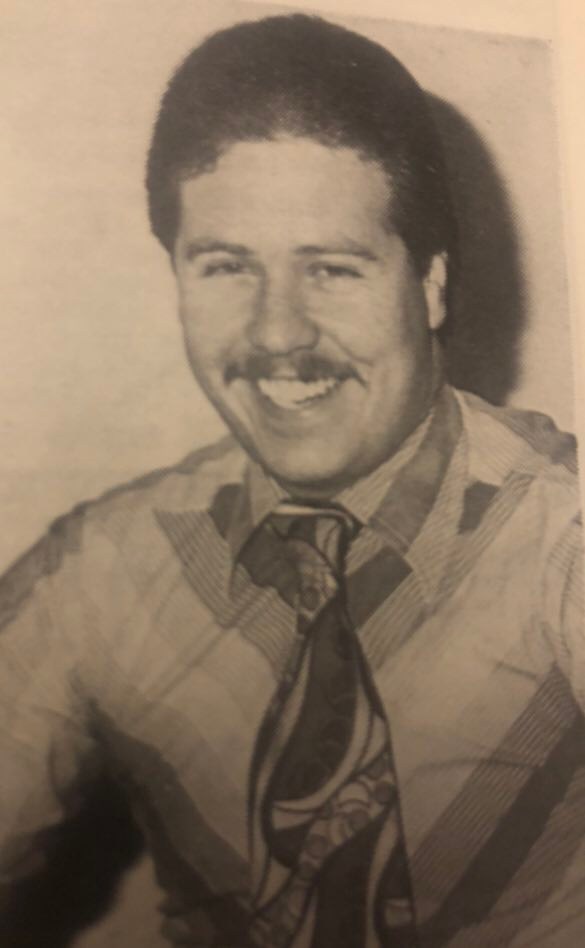
Matt asked Fry what made him return to Edgar Street in the early 1990’s:
“I was back in Hereford organising a Strongbow sponsorship deal for Hearts.
“I met up with the Hereford Chairman Peter Hill. He invited me down to the club for lunch and I looked at the financial situation with him. The previous two seasons the club had appointed Colin Addison and John Sillett as managers, probably to appease some supporters and try to re-live the glory years of the 1970’s, but it failed and cost the club a lot of money.
“I put some recommendations to the board, they said Sun Valley who were the clubs major sponsors agreed with me on what I had told them, so as the club needed a Managing Director I got offered the job and I accepted it.”
In the early 1990’s the country was in a major recession and Hereford United were in what is now League Two and struggling to get gates over 2,000.
Matt asked Fry how the club survived:
“You couldn’t do it, it was so difficult trying to balance the books, within a couple of weeks of me becoming the Managing Director, we had former directors trying to wind the club up.
“What saved us at the time was that Sun Valley paid a three year shirt sponsorship upfront, without that the club would have gone under.”
Fry received plenty of criticism from Hereford fans:
“I put my money was mouth was, I had more money invested in the club then any other director. I had physical cash in the club, football fans get very passionate and rightfully so about their club, but the passion can sometimes blur the reality of how bad things were at Edgar Street financially.”
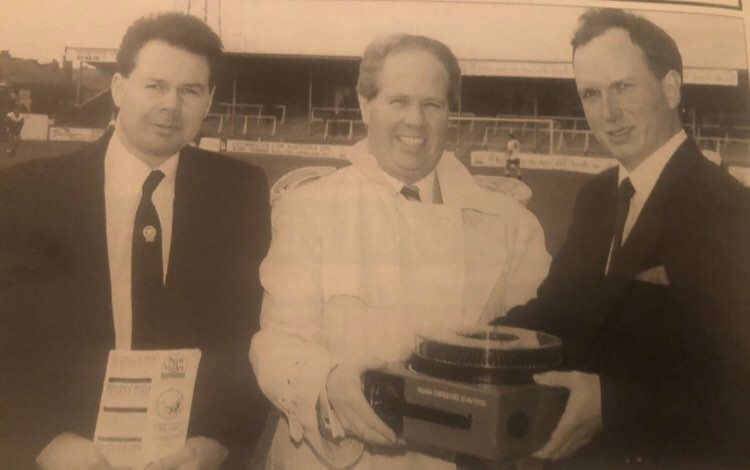
Fry told Matt:
“I read your interview with Andy Brownrigg. I spent two days negotiating a transfer fee with the Norwich Chairman Robert Chase, they wanted to offer £50,000 with a 25% sell on, but I agreed £100,000 with a 10% sell on. Brownrigg never played for Norwich, so in the end I got the club an extra £50,000. At the time I was heavily criticised for not going with a higher sell on.”
In the pre-internet age of internet forums, the Hereford United fanzine Talking Bull would be the barometer to gauge feeling amongst supporters at Edgar Street.
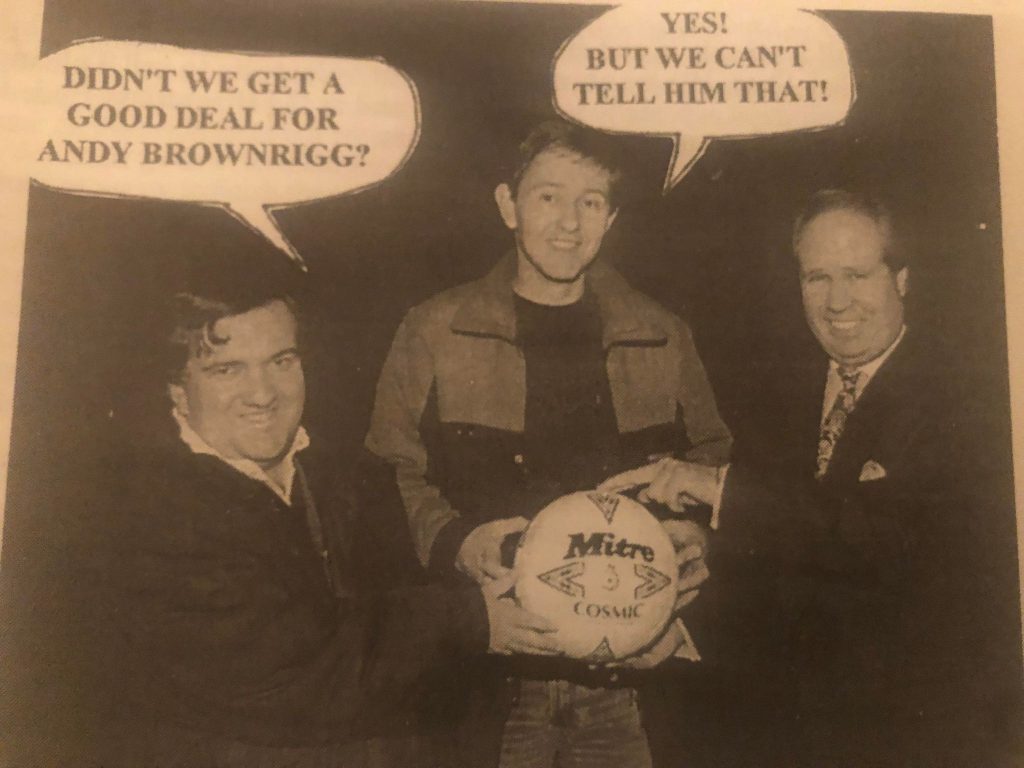
I asked Fry why there were former directors trying to liquidate the club:
“I think the previous directors wanted back in, there was a lot of politics behind the scenes.
“When I stepped down in 1997, when the club was relegated, I was still getting threats from supporters, there were lots of things happening with people manoeuvring different things which I found out about later.
In the Spring of 1994 the club received a financial windfall when Darren Peacock was sold from QPR to Newcastle United for around £2.5 Million.
Chairman Peter Hill had shrewdly agreed a 10% sell on when Peacock had left for QPR in 1990 and the Bulls bank balance was now in a healthier position.
“It was a life saver the Peacock money, another story I can tell you is when we played Tottenham in the FA Cup in 1996, I was probably the only person delighted we got a draw at Edgar Street and would take them back to White Hart Lane.
“Lord Sugar was Chairman at Tottenham at the time and I spoke to his Secretary about our cash woes and instead of us being made to wait ten days for our money, Lord Sugar told him to write out a cheque for £282,000 to us immediately for our share of the gate receipts. The crowd was over 31,000.
“In one game it generated more income than our total season ticket sales, it’s incredible really, it was a fantastic gesture from Lord Sugar as he didn’t need to do that.”
The Peacock money was used to invest in the playing squad, the likes of Dean Smith, Nicky Cross, Steve White and Tony James arrived at Edgar Street. White the previous season had been playing in the Premier League for Swindon Town.
Despite a famous League Cup win against West Brom, Downs was dismissed in mid September 1994 and the squad hadn’t had time to gel properly.
“We should have let Greg run a bit longer.” admits Fry.
“His downfall was that Greg was too nice and not ruthless enough with the players, he probably played too long as well.
“I remember against Yeovil in the FA Cup, he got sent off and it cost us a home tie with Arsenal in the next round, but he was a lovely guy.”
Hereford legend John Layton took charge after Downs, but Graham Turner would replace Layton and arrive at Edgar Street in the Summer of 1995.
“Graham was very much his own man, he came with a lot of experience after being at Aston Villa & Wolves.
“There was a split in the board about taking him on, as he wanted total control over his budget.
“I personally think a manager should coach, and then the finances should be agreed by somebody else, so there is no conflict with the player, but Graham was very old school and wanted control of everything.”
Hereford were relegated from the Football League on 3rd May 1997. The consequences were horrific for the clubs financial state.
“In an attempt to keep us up the board released extra funds to the playing budget, Graham bought in four players on transfer deadline day (Tony Agana, Bradley Sandeman, Brian McGorry and Mark Turner), but we still got relegated and the contracts rolled over that summer.
“We had committed ourselves to their wages and that put even more pressure on the finances. I remember we lost to Gillingham in the FA Cup in November 1996 and around that time were starting to slip down the league, but Brighton were so far adrift that nobody seemed too worried, but I said we needed to do something now, but we just started dropping and Brighton went on a fantastic run and caught us at the end.”
Fry would depart Edgar Street that summer, with the club now in the GM Vauxhall Conference he thought it best to step away and give the club the best chance to maintain a full time squad.
Fry isn’t involved in football now, but still takes an interest in Hereford FC.
“I look at the results every week, its been great to see them come back after Hereford United got liquidated and rise up the league, they haven’t been so dominant in National League North, there’s so many ex league clubs in there now and I imagine the cash flow is now under pressure with Covid and the attendances dropping off.
“When you’re winning supporters watch you, but as soon as you go on a losing streak they quickly drop off.”
Matt asked him how close Hereford United were to having a new ground in the mid 1990’s:
“I still think Herefordshire Council have a lot to answer for. When planning laws changed and supermarkets were stopped from building out of town sites, Tesco wanted to develop Edgar Street in the mid 1990’s and were offering £12 million pounds.
“They also wanted to incorporate a petrol filling station on the land too.”
Fry continues:
“The board had always told me there was a restricted covenant on the ground so no development could take place.
“Through Peter Heard of Churston Heard (also owner of Colchester United) I met specialised property solicitors in Bristol who confirmed there was a covenant on the lease but not in the title deed.
“This meant if we could buy the freehold of Edgar Street we would be able to develop a much sought after City Centre site. Our proposal to the Council was to pay market value for the site as required and split any profit with them.
“Also our proposal included to build a purpose build sporting complex with conference / banqueting facilities, retail and a hotel that would be owned by a Management Company made up of the Council, Hereford United Football Club, Hereford Rugby Club and any other sporting organisation who wished to participate and could bring funding with them.
“We utilised Peter Heard’s property expertise to make the presentation to The Council in the Council Chamber, for whatever reason The Council totally rejected the proposal without any discussions which to this day I don’t understand.
“Now with the Old Cattle Market and Merton Meadow car park developed it makes the Council’s decision back then even more bizarre.”
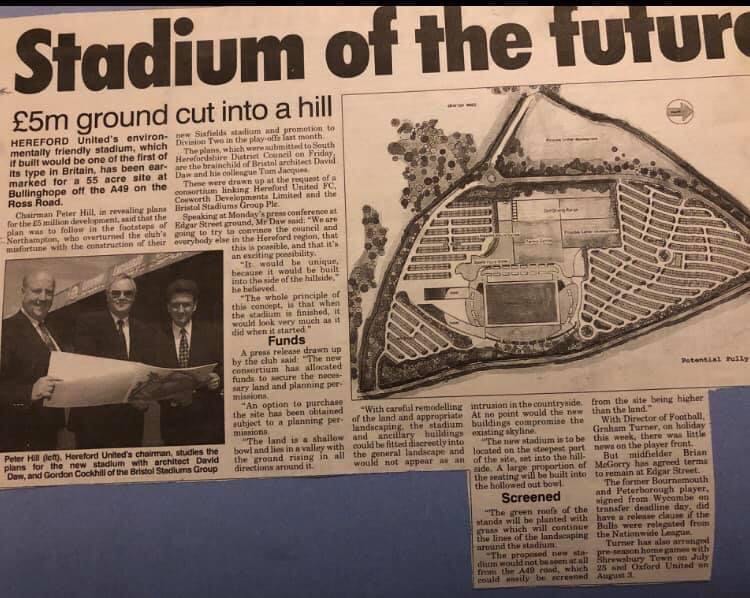
Matt asked Fry to clarify that Edgar Street would have been demolished and a Tesco built on the land, with the football club being moved elsewhere.
“Yes, Grafton, just out of Hereford on the Ross Road was a site of 55 acres that I got an option on via Lance Watkins a farmer and would have allowed us to design through David Daw (Architect) an innovative eco-friendly stadia build into the landscape.
“Sadly I allowed BS Group to get involved due to costs and when the Club decided against the site I ended up fighting BS in Court. A site off the Roman Road was also considered which is now housing.”
Fry added.
“On property development I learned the lesson the hard way, that to be successful you need deep pockets and a positive cash-flow as obtaining a planning consent can take years.”
Fry was previously living in Bristol but is now back in the county:
“After 18 years as Managing Director of Food & Drink Guides Limited, I stepped down in October 2019, semi retiring and relocating back to rural Herefordshire, it’s a beautiful part of the world.”
Photos supplied by MH Archive

